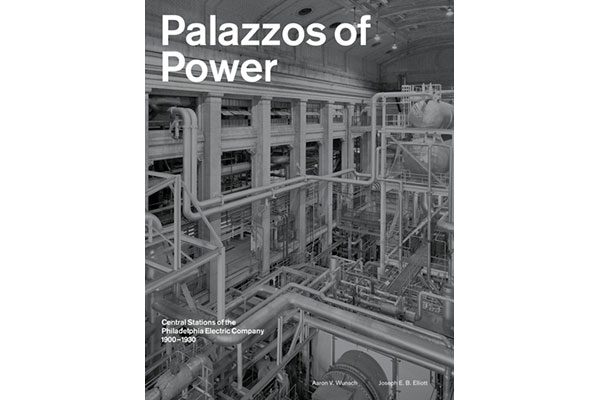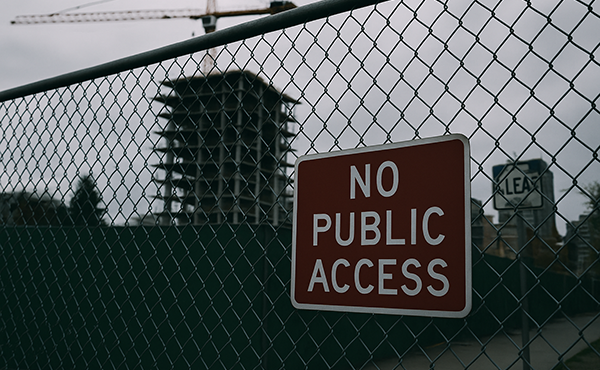
Author: Joseph E. Elliott and Aaron V. Wunsch (Princeton Architectural Press, 2016)
“If it isn’t Electric, it isn’t Modern” proclaimed the Philadelphia Electric Company. The rapid spread of electricity during the turn of the twentieth century sparked the building of a number of magnificent and palatial power stations housing intricate machinery. Behind these power stations lies an interesting and complex story of how these buildings shaped public identity for Philadelphia Electric and played a part in the argument over private ownership of electrical utilities.
These central stations were meant to display an aura of civic-mindedness and a large-scale magnificence likened to public monuments, critical in the time of the City Beautiful movement. They were private, but meant to be in some sense “public buildings”. They were meant to be seen—from passing trains, up close, and in reprinted images—and were a critical piece of public relations.
Now, these power stations lie in ruin: most have simply been abandoned. Changes in technology and regulation meant most of the stations were decommissioned in the 1980s. With economic downturns and their distance from the central city of Philadelphia, most have not been torn down or redeveloped. The question is what to do with them now—and how to remember and tell the conflicting narratives about them.
The later half of Palazzos of Power is filled with photographs of the now disused power stations—striking landscape shots, interiors, and machinery and controls. These photographs are introduced with an extended essay by Aaron V. Wunsch exploring the history, and social and political context that resulted in these buildings, complete with period illustrations.
It is the photographs that are a true highlight of Palazzos. Extensive but well-selected, they provide a sense of the absolute scale and beauty of the power stations, as well as the contradictions and intersections between the machinery and architecture. Machinery rests in great halls lit by skylights; details of electric switches are contrasted with columns looming over the Delaware River.
Palazzos of Power will certainly appeal to the electric technology and history buff in its dissection of the history and context of the development of the Philadelphia Electric Company. It is thorough and, to be sure, a fascinating story, adding depth and context to the photographs. In this depth and specificity, however, it may lack a slightly broader appeal. For example, it doesn’t have the ambition to go after wider histories. I would have been fascinated to see the connections to electric utilities from across North America, where I’m sure similar stories abound.
That said, Palazzos of Power is a very interesting case study of electric history filled with beautiful photographs. One that may inspire you to look up the history of your own electric utility.
***
For more information on Palazzos of Power: Central Stations of the Philadelphia Electric Company, 1900-1930, visit the Princeton Architectural Press website.
**
Alix Krahn is an urban planning and design student, who is particularly interested in the intersections between urban design and equity. She lives and works in Vancouver.




